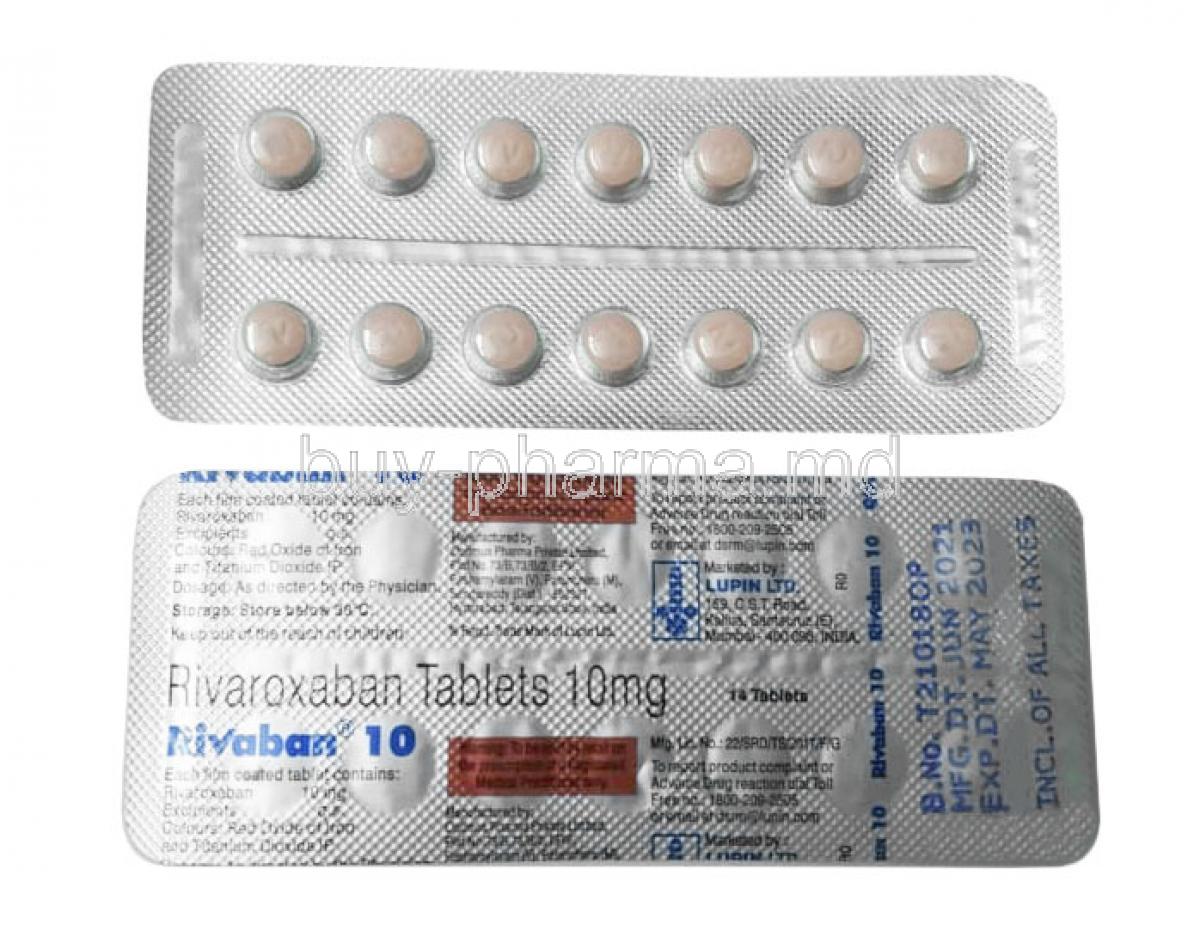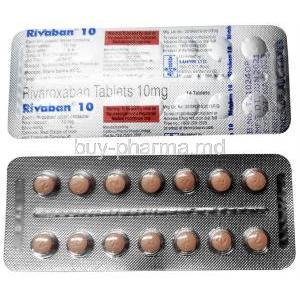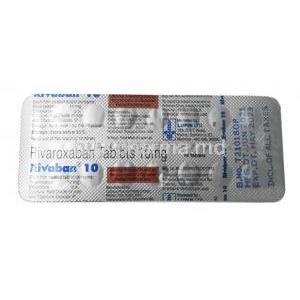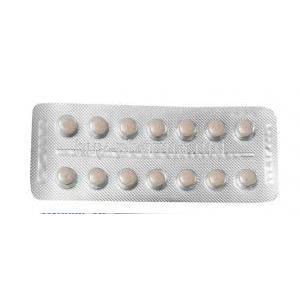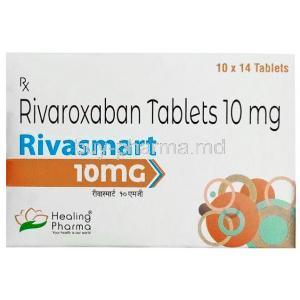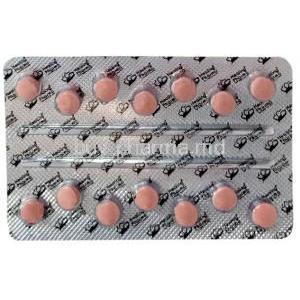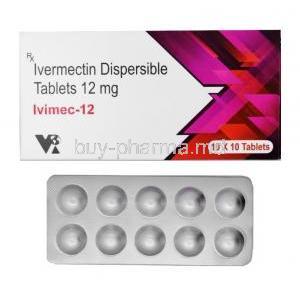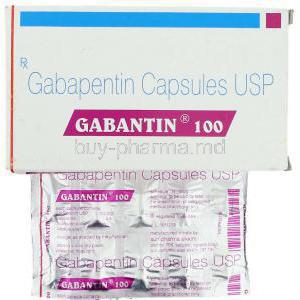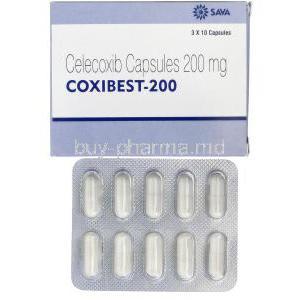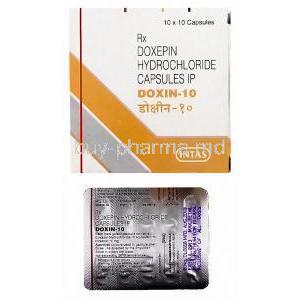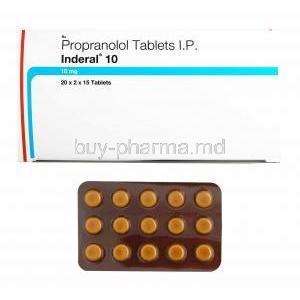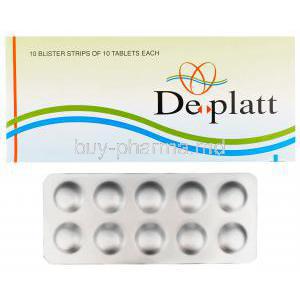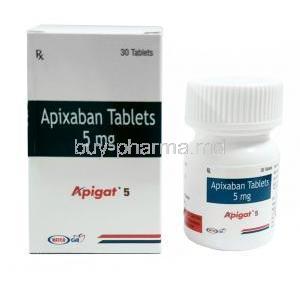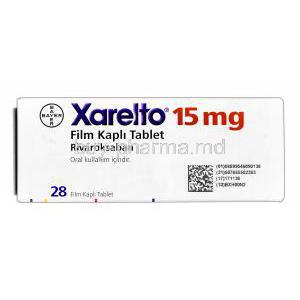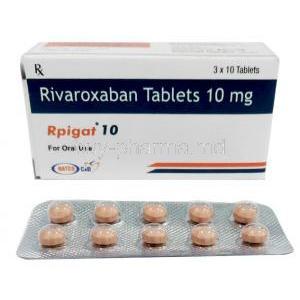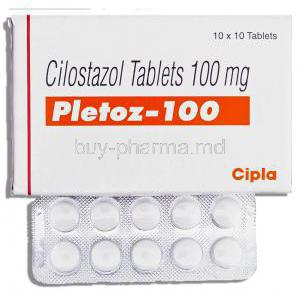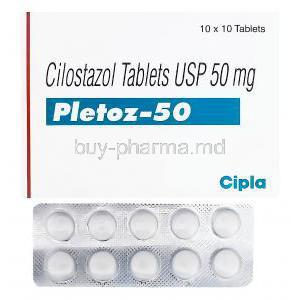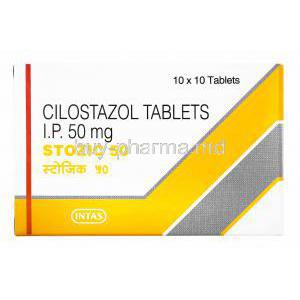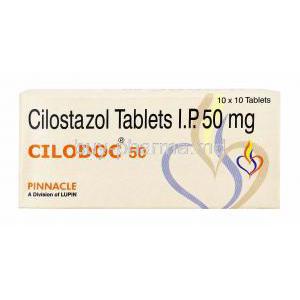Rivaroxaban
- I. Introduction
- II. Composition
- III. How It Works
- IV. Uses
- V. Off-Label Use
- VI. Dosage and Administration
- VII. Common Side Effects
- VIII. Serious Side Effects and Complications
- IX. Interaction
- X. Warning and Contraindication
- XI. Careful Administration
- XII. Important Precautions
- XIII. Administration to Special Populations
- XIV. Overdosage
- XV. Handling Precautions
I. Introduction
Rivaroxaban, an anticoagulant, leads the way in preventing and treating thrombotic events. This remarkable medication, designed to address clotting issues, has transformed how we handle conditions like fibrillation and deep vein thrombosis. The history of Rivaroxaban is fascinating, characterized by research and trials that led to its endorsement by health organizations worldwide, marking a significant advancement in medical knowledge.
II. Composition
Active Ingredient Description
Rivaroxaban, an element in this medication, functions as a highly selective factor Xa inhibitor. This crucial ingredient drives the process of anticoagulation, demonstrating a model of therapy.

Inactive Ingredients and Their Functions
- Microcrystalline cellulose assists in maintaining the tablet's structure.
- Lactose is utilized as a filler to improve the absorption of the tablet.
- Magnesium stearate functions as a lubricant, making it easier to produce the tablet.
III. How It Works
Mechanism of Action
Rivaroxaban carefully blocks Factor Xa, an enzyme in the blood clotting process, to stop the formation of thrombin and prevent blood clots. This method is exact and significant, providing protection against the risk of thrombosis without requiring monitoring.
Impact on Blood Clotting Pathways
Rivaroxaban effectively reduces the risk of blood clotting by blocking a stage in the coagulation process, thus protecting patients from the dangers of uncontrolled clot formation.
IV. Uses
- Stroke Prophylaxis With Atrial Fibrillation:
- Rivaroxaban is indicated to reduce the risk of stroke and systemic embolism in patients with nonvalvular atrial fibrillation.
- Deep Vein Thrombosis (DVT) Prophylaxis for Hip or Knee Replacement Surgery:
- Rivaroxaban is used for prophylaxis of DVT, which may lead to pulmonary embolism (PE), in patients undergoing knee or hip replacement surgery.
- Venous Thromboembolism (VTE) Prophylaxis for Restricted Mobility:
- Rivaroxaban is indicated for prophylaxis of VTE and VTE-related death during hospitalization and at discharge in acutely ill patients who are at risk for thromboembolic complications due to moderate or severe restricted mobility and other risk factors for VTE.
V. Off-Label Use
-
- Rivaroxaban has been studied for the treatment of left ventricular thrombi, especially in comparison to warfarin. It is used off-label in some cases.
-
- Some studies have explored rivaroxaban monotherapy for PE beyond the second day after the index PE. Lower-than-recommended doses have also been used.Reference: 2
-
- Andexanet alfa, a modified recombinant human factor Xa decoy protein, can reverse the anticoagulant effects of rivaroxaban. This is an off-label use.
-
Post-PCI and Atrial Fibrillation (AF):
- Rivaroxaban has been used off-label post-percutaneous coronary intervention (PCI) with stent placement and in nonvalvular AF patients.
VI. Dosage and Administration
The proper use and dosing of Rivaroxaban depend on the patient's health condition and risk factors. It is recommended to start and maintain treatment after evaluating the balance between benefits and risks.
When adjusting dosage for groups, it is crucial to take into account kidney and liver function along with other medications being taken.
Guidelines stress the importance of taking Rivaroxaban with or without food to allow for flexibility and ensure compliance with the regimen.
VII. Common Side Effects
Rivaroxaban plays a role in anticoagulant treatment, but it does come with its own set of side effects varying from minor issues to more severe symptoms, like bleeding complications, digestive problems, and feelings of dizziness and headaches. It's essential to prioritize management and mitigation strategies by closely monitoring and adjusting the therapy as needed.
VIII. Serious Side Effects and Complications
The prompt detection and management of side effects, like significant bleeding incidents, require urgent medical attention. It is crucial to address and treat these issues to ensure patient safety and the effectiveness of treatment.

IX. Interaction
Rivaroxaban has an interaction profile, including possible interactions with other medications considerations regarding food and drinks and its effects on different health conditions. It is crucial for patients and healthcare professionals to be aware of these interactions in order to improve treatment results and reduce outcomes.
X. Warning and Contraindication
Contraindications for Use
Rivaroxaban should not be used in patients who have pathological bleeding, known allergies to the active ingredient or any components, and in individuals with liver conditions linked to clotting issues and significant risk of bleeding. Before prescribing this medication it is important to evaluate its suitability based on the patients health status.
Warnings for Specific Patient Populations
Healthcare providers should be extra careful when giving Rivaroxaban to patients who are at a higher risk of bleeding, have kidney problems, or are receiving spinal/epidural anesthesia. Medical professionals need to weigh the advantages and drawbacks, for these groups carefully.
XI. Careful Administration
Guidelines for Patients with Co-morbid Conditions
Patients with health conditions like diabetes, high blood pressure, or heart failure require a personalized strategy when it comes to administering Rivaroxaban. This entails adjusting dosage levels based on each individual's requirements and health status.
Monitoring Requirements During Treatment
Regularly checking the functioning of the kidneys and liver well as routinely monitoring blood counts is crucial to promptly identify any negative changes and enable timely intervention.
XII. Important Precautions
Risk of Bleeding and How to Minimize It
To reduce the chances of bleeding which's a significant issue, in anticoagulant treatment healthcare providers need to carefully prescribe the medication keep track of how patients react to it and educate patients about identifying signs and symptoms of bleeding. It's also advisable to avoid using medications that are known to raise the risk of bleeding simultaneously.
Measures to Prevent Drug Misuse and Abuse
To avoid the use and mistreatment of Rivaroxaban, it is crucial to educate patients thoroughly about the medication's intended use of correct storage methods and how to dispose of it properly. Additionally, healthcare providers should exercise caution when prescribing the medication.
XIII. Administration to Special Populations
a. Elderly
Elderly individuals might show increased sensitivity to Rivaroxaban, requiring dosage adjustments due to declines in kidney function and other medications being taken. Specific factors are taken into account to ensure a balance, between effectiveness and safety minimizing the chances of results.
b. Pregnant Women and Nursing Mothers
The safety of Rivaroxaban in women and nursing mothers has not been thoroughly studied. Therefore, it is advised not to use it unless the benefits outweigh the risks to the baby. A careful evaluation of risks and benefits is crucial for making medical decisions in these vulnerable groups.
c. Children
The administration of Rivaroxaban in children requires consideration as there is limited information available regarding age-appropriate recommendations and the effectiveness of the treatment. It is crucial to make dosage modifications and closely monitor the patients to guarantee both safety and optimal treatment outcomes.
XIV. Overdosage
Signs and Symptoms of Overdose
Experiencing an overdose could show up as much bleeding, varying from small bruises to significant hemorrhaging. It's crucial to identify these symptoms for immediate treatment.
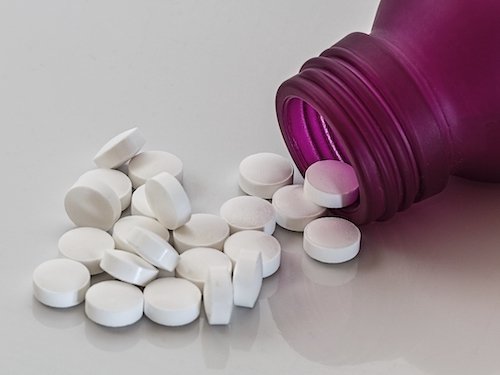
Immediate Management and Antidote Information
In case of an overdose it may be necessary to give the antidote andexanet alfa. Depending on how severe the bleeding is, supportive care and treatment for symptoms should be started.
XV. Handling Precautions
Storage Conditions to Preserve Efficacy
Store Rivaroxaban in its packaging to shield it from moisture and light. Keep it at room temperature out of children's reach to maintain its effectiveness and shelf life.
Guidelines for Safe Handling and Disposal
To stay safe it's important to avoid touching broken tablets and make sure to dispose of them properly to prevent harming the environment or accidental ingestion by unintended individuals.

